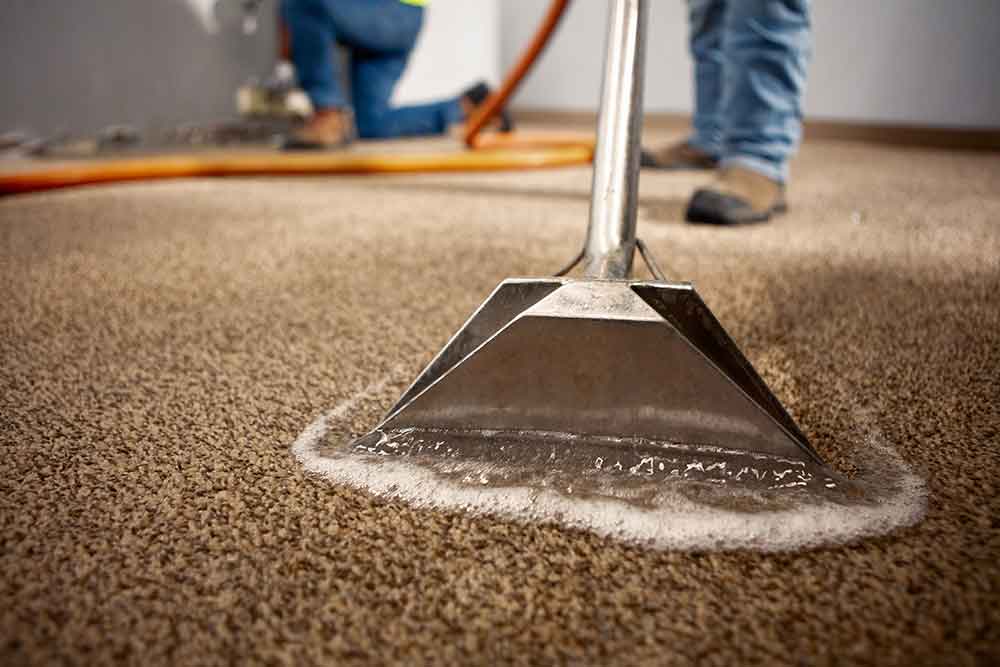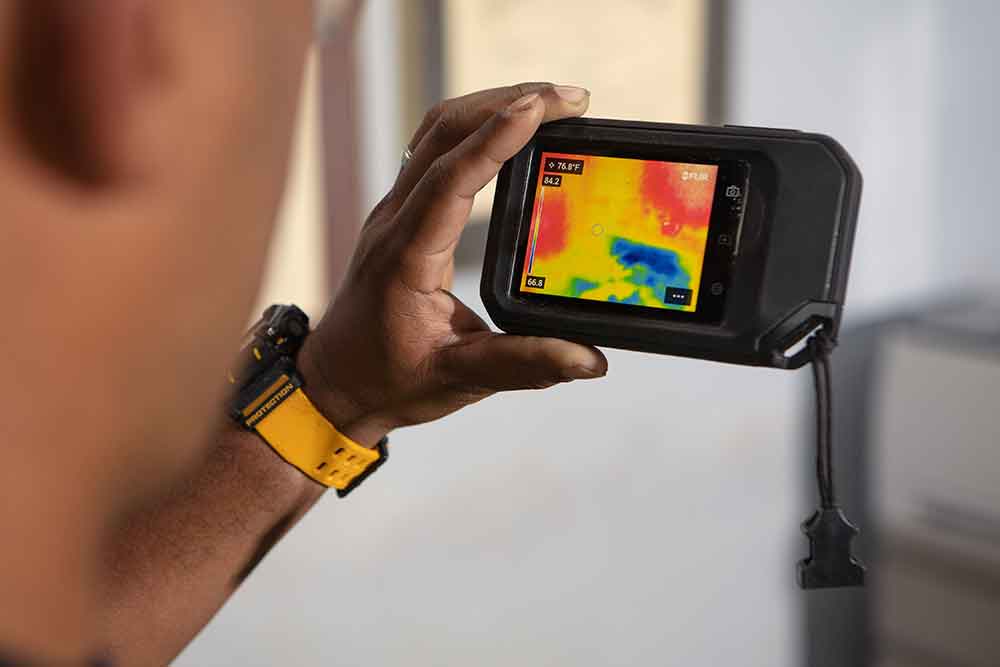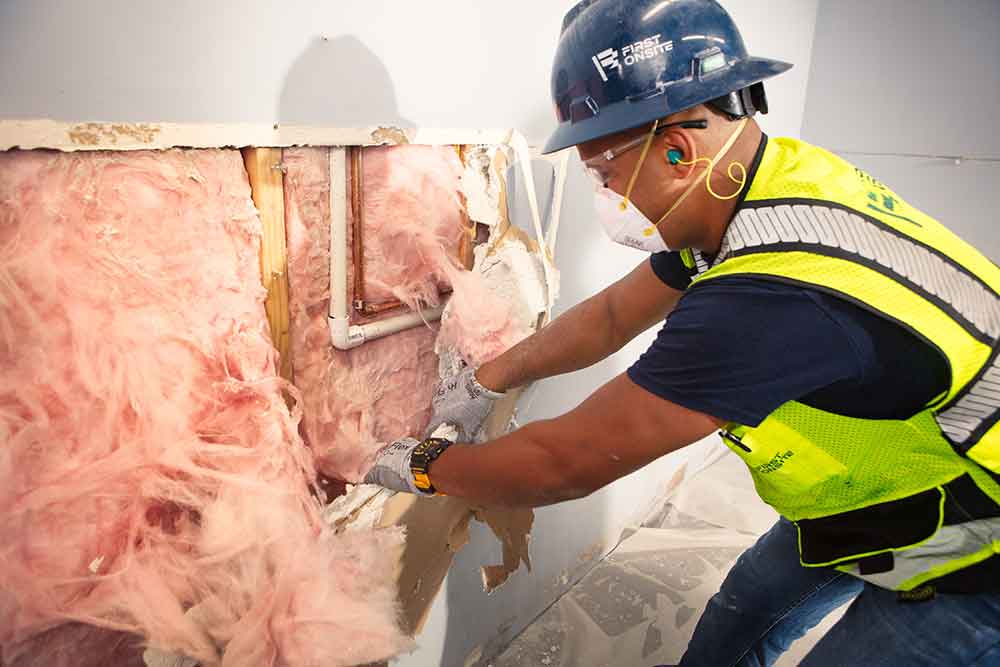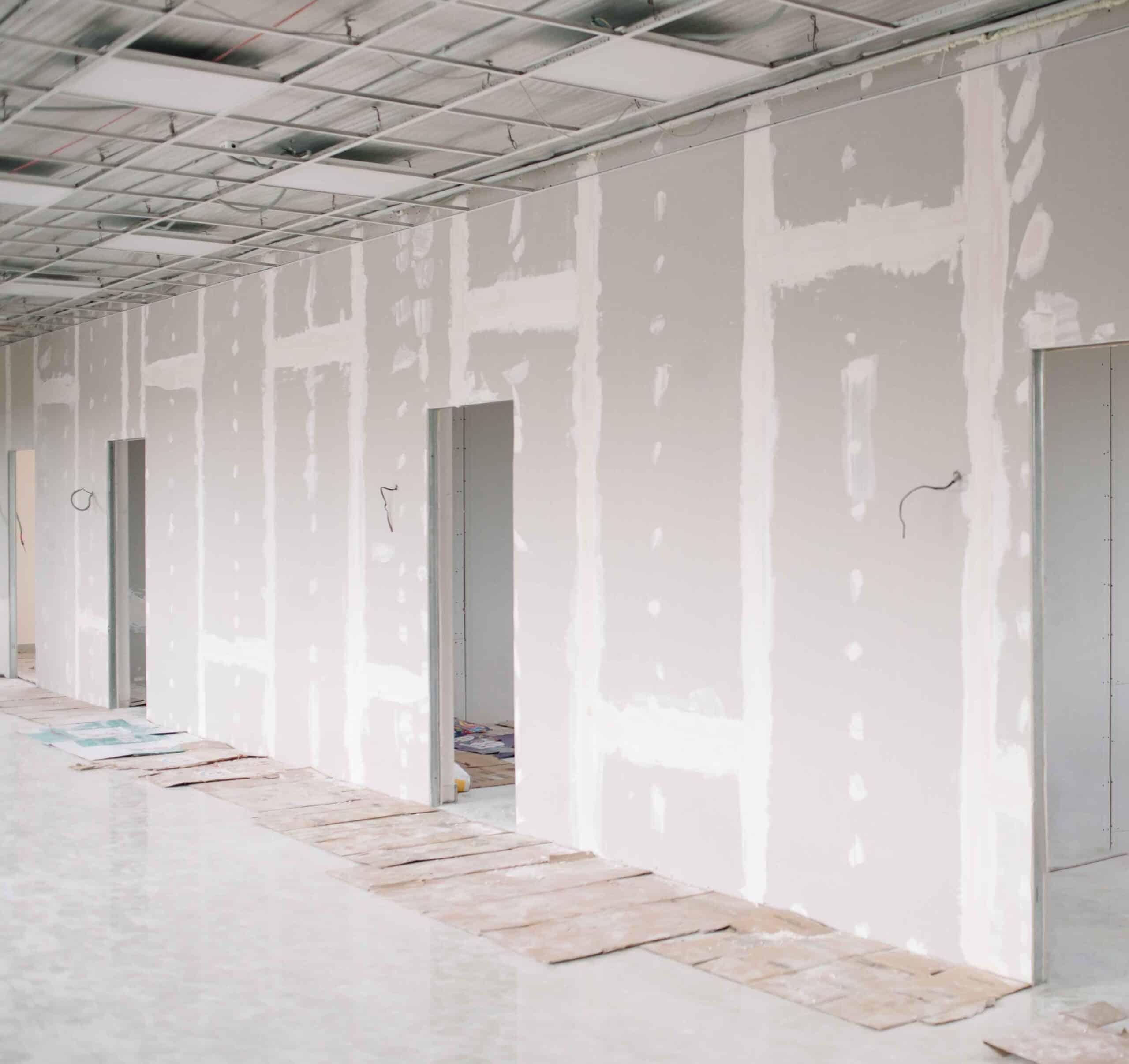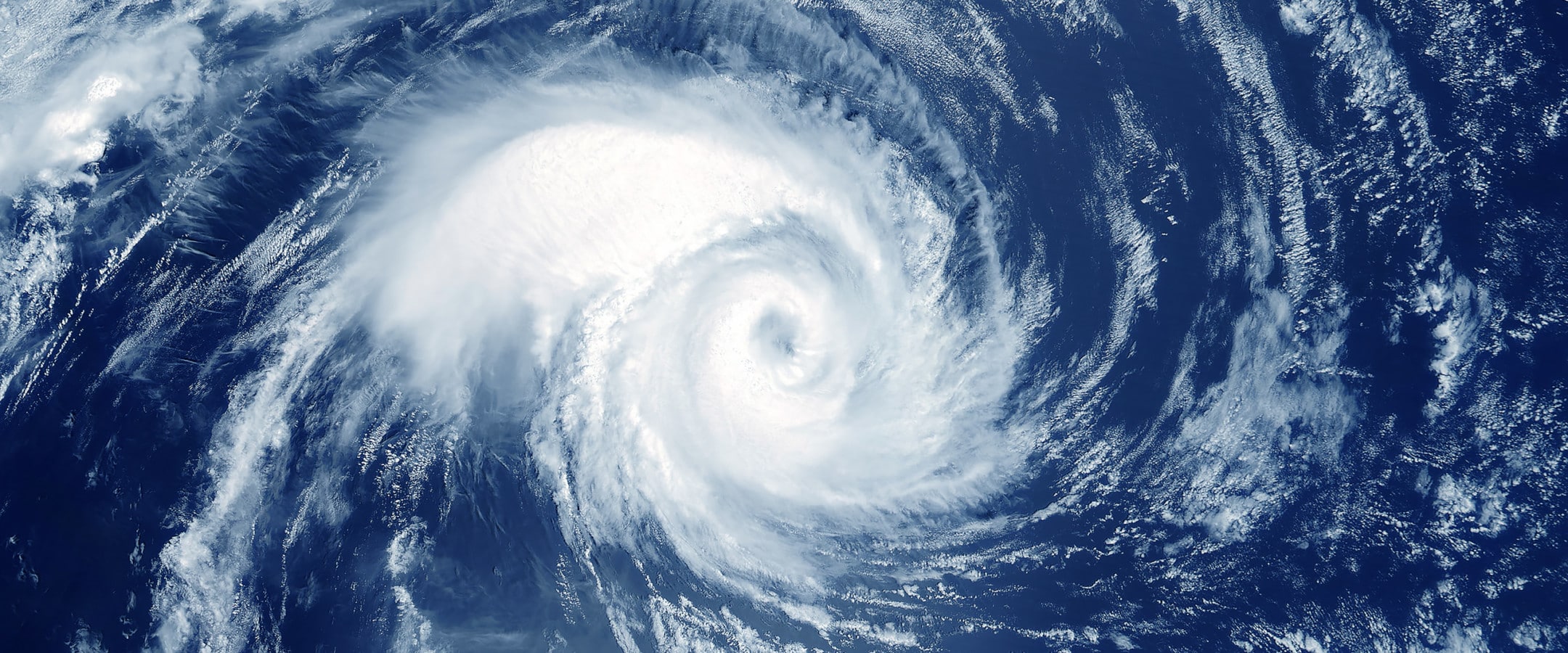Water damage restoration
water mitigation, remediation and restoration all in one place
Mitigate water’s impact on your property, remediate damaged areas, and restore your building to its previous condition. Water and flood emergencies happen quickly and unexpectedly. If you notice signs of water damage, it’s important to act fast to improve your chances of a fast recovery.
Immediate Steps to Take if You Have Water Damage
Taking the appropriate steps in a water damage emergency will keep you safe and assist us in providing fast and efficient service to you. Here are some steps to consider when your property takes on water.
First Onsite Water Damage Recovery Process
Our recovery process for water damage involves cleaning, sanitizing, repairing and restoring the property to the state it was in before water damage occurred. Our process includes the following:
Benefit of Hiring a Professional Water Damage Restoration Company
As one of North America’s leading water remediation and restoration service providers, we have a 24-hour emergency call centre to quickly dispatch skilled teams to your area. With our comprehensive geographic coverage and flexibility, we scale for jobs of any size. Our teams are trained in water damage mitigation, remediation, and restoration, to ensure minimal downtime.
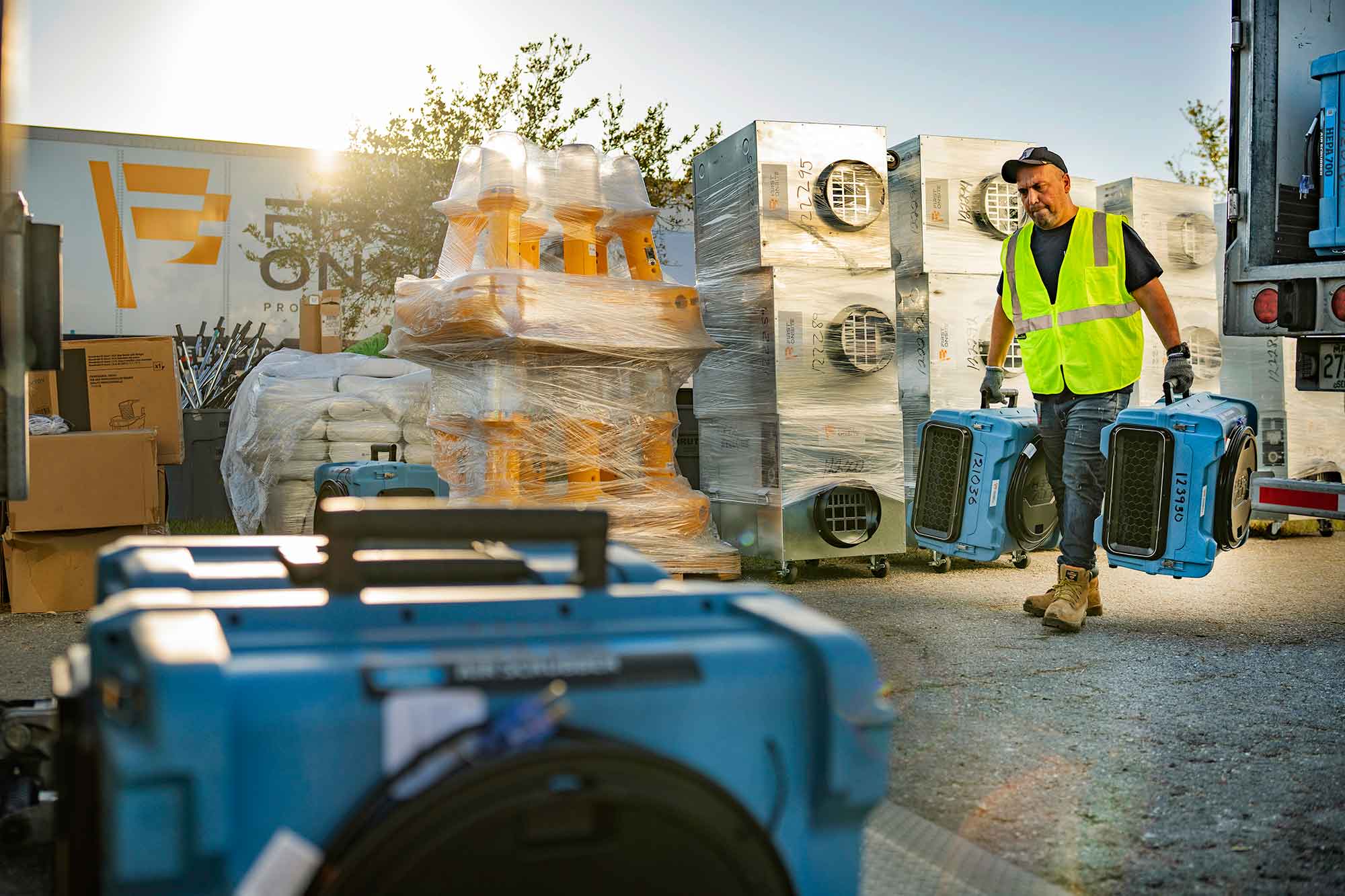
Related Services
REDUCE YOUR DOWNTIME WITH A PRE-LOSS PLAN
Creating a disaster response plan allows us to respond even more quickly and effectively. By meeting with you before any damage occurs, our teams can familiarize themselves with your property, identify important points of concern, and develop a customized plan tailored to your facility’s unique requirements. This preplanning helps us to equip you with the necessary resources to react rapidly when the need arises.
Let us help you prepare for the unexpected
When disaster strikes, knowing what to expect can make a world of difference. Discover what our specialists have to say about preparing for disaster, expediting recovery, and everything in between. We’re here to help, always.

